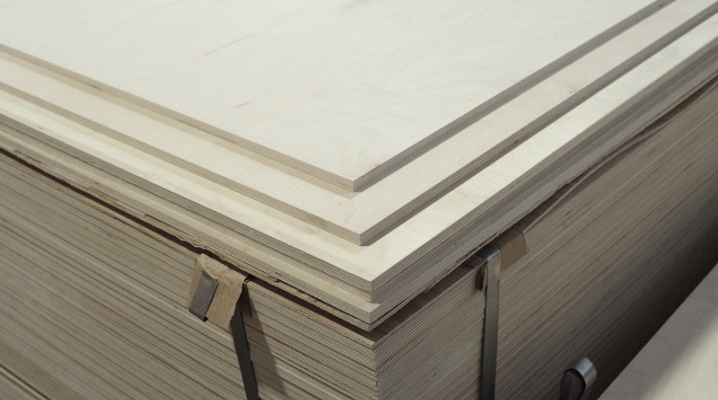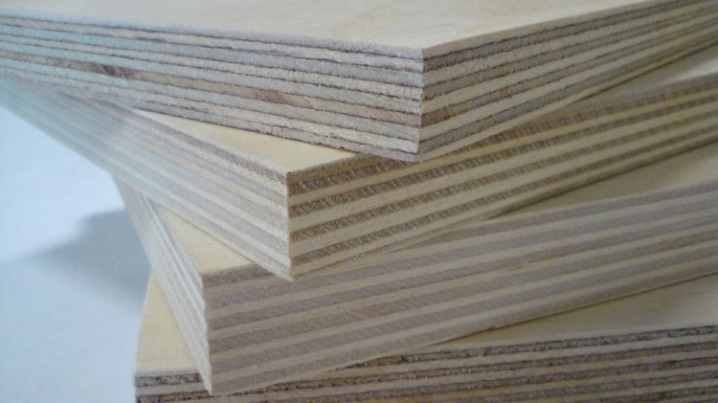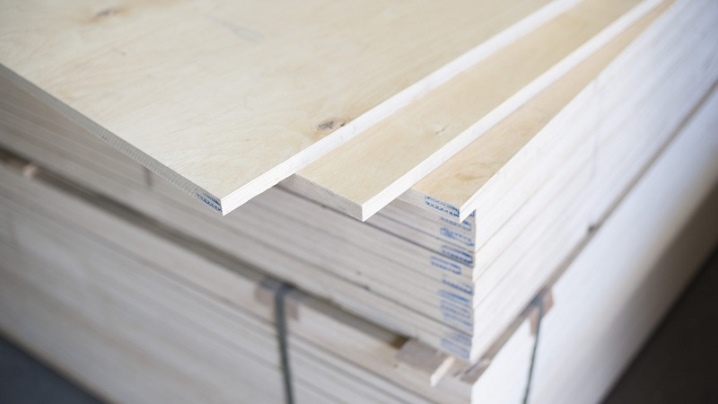Unsanded plywood: characteristics and application features

Unsanded plywood is better known as construction plywood. Its peculiarity lies in the fact that after the completion of all stages of assembly or gluing of individual layers, it no longer lends itself to any additional processing, the plates are simply cut, forming the edges even in accordance with the requirements of GOST. In our review, we will dwell in more detail on the properties of unpolished plywood and talk about the areas of its application.
Characteristic
Unsanded plywood has become widespread during repair and construction work. It is used in the construction of low-rise buildings, as well as in the process of repair and restoration activities in premises of various purposes. Experienced builders emphasize that 18 mm NF sheets in combination with drywall and sandwich panels can create strong and durable interior floors.
The characteristic features of the material are considered environmental friendliness and a long service life.


The main advantages of raw plywood include:
- high degree of strength;
- effective protection against rot, fungus, mold and other pathogenic microflora;
- good heat and sound insulating characteristics;
- the ability to withstand mechanical loads of different directions;
- exceptional physical and mechanical properties;
- resistance to climatic, as well as chemical and temperature influences.
Construction plywood is not subject to deformation. In addition, it has a fairly affordable cost, which is much lower than the options for polished seams. Untreated layers can easily undergo any processing, and with the addition of adhesives, they acquire increased adhesion.

Varieties
There are several main grades of unpolished plywood.
- Grade E is elite. No external and internal defects are allowed here, only minimal deviations in the texture of the wood are possible, except for the eyes of a dark color. The presence of healthy, falling out, accrete or non-accrete knots, as well as holes from them, is excluded. The presence of brown veins and wormholes is excluded in luxury plywood.

- Grade 1 - defects or cracks with a length of not more than 200 mm are allowed. According to approved standards, one of the following flaws may be present:
- wormholes less than 6mm in diameter;
- lack of veneer;
- edge flaws within 2 mm wide;
- the presence of healthy, accrete knots, as well as holes from them.

- Grade 2. Here are allowed:
- the presence of cracks up to 200 mm long;
- the presence of scratches and dents, the total area of which does not exceed 30% of the entire surface of the formation;
- leakage of the adhesive within 2% of the area;
- the overlap of the veneer of the outer layer is up to 100 mm.
In accordance with GOST, the presence of healthy knots, as well as holes from fallen out, is not excluded. The sheets should not contain wormholes up to 6 mm in diameter - their number should not exceed 6 units per square meter.

- Grade 3. Minor defects are allowed such as:
- the presence of partially accrete, as well as healthy or fallen out knots;
- wormholes less than 6 mm in diameter, no more than 10 units per square meter;
- strips of leaked glue;
- edge deviations;
- veneer overlap up to 200 mm;
- gaps when fastening elements with a thickness of not more than 9 mm.

- Grade 4 - plywood of the lowest quality. The presence of wormholes up to 4 cm in size is possible here.The presence of healthy and dropped knots in any unlimited quantity is allowed.

Features of production
Unsanded plywood is usually made from softwood or birch. Pine and spruce plywood is of particular importance among all similar building materials presented due to its increased degree of stability, wear resistance and strength. Such material holds its shape well, holds all fasteners, and also lends itself to processing. Sheets of such plywood are in great demand for interior cladding, furniture and parquet flooring. It is used in frame housing construction, in the transport industry, as well as in the manufacture of packaging materials.
Sanded birch plywood is made of birch veneer or has a combined composition. In the latter case, conifers are used to create the inner layers, and birch is taken to make the outer layer.
In any of these options, plywood is called birch, just the combined composition has great strength.


Unpolished panels are manufactured in the following sizes:
- square sheets measuring 15.25x15.25 cm;
- rectangular sheets measuring 24.4x12.2 or 25x12.5 cm.
Large-format slabs can also be presented on sale, although this is rather a rarity for NSF. Nevertheless, the limiting size of the NF sheet can be 30.5x15.25 or 30x15 cm. The thickness of the layers is presented in the following options: 0.3; 0.4; 0.65; 0.9; 1.2; 1.5; 1.8; 2.1; 2.4; 2.7 and 3 cm.


Applications
NF, which has not gone through all the stages of preparation in a production environment, is used for certain types of work.
- Construction of rough foundations. This direction is considered the most demanded and popular. Such slabs are optimal for the installation of a subfloor, while a combination with further external cladding with polished plywood is allowed - this is especially important when performing two-layer cladding.
- Production of hidden furniture parts. This method allows in many respects to reduce the cost of creating interior items.
- Installation of formwork when pouring the foundation for the construction of buildings and fences.
- Manufacturing of functional and decorative items for residential premises. In this case, you can achieve the required finish quality if you additionally grind some plywood sections at home.
Important: the use of unpolished plywood requires the most careful choice of working material, since many manufacturers use raw materials that do not meet the declared technical parameters.


See below for more details.













The comment was sent successfully.